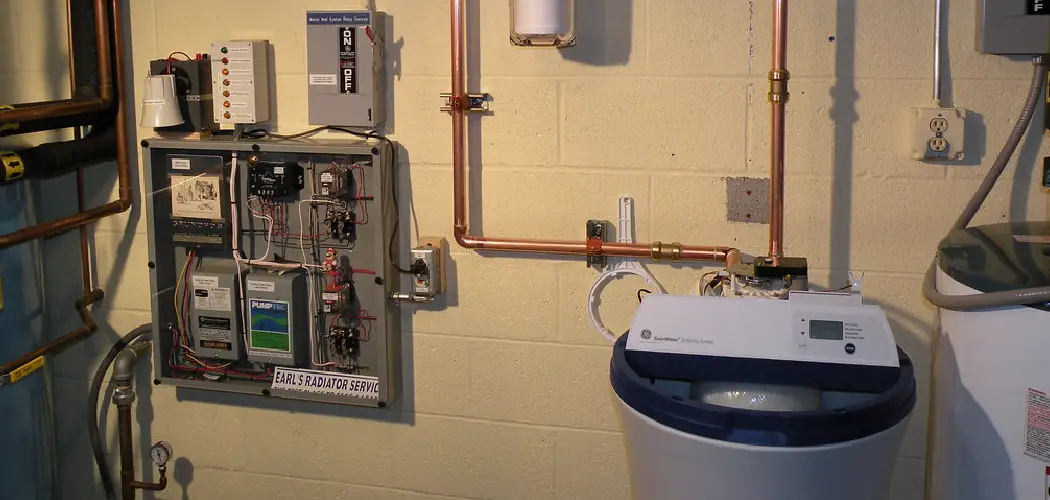Maintaining a clean furnace filter is essential for the optimal performance of your HVAC system and for ensuring good indoor air quality. A primary benefit of regularly replacing your furnace filters includes preventing dust buildup, which can clog the system and hinder its efficiency. Efficient airflow is critical to keep energy costs down and ensure your living space receives consistent heating or cooling.
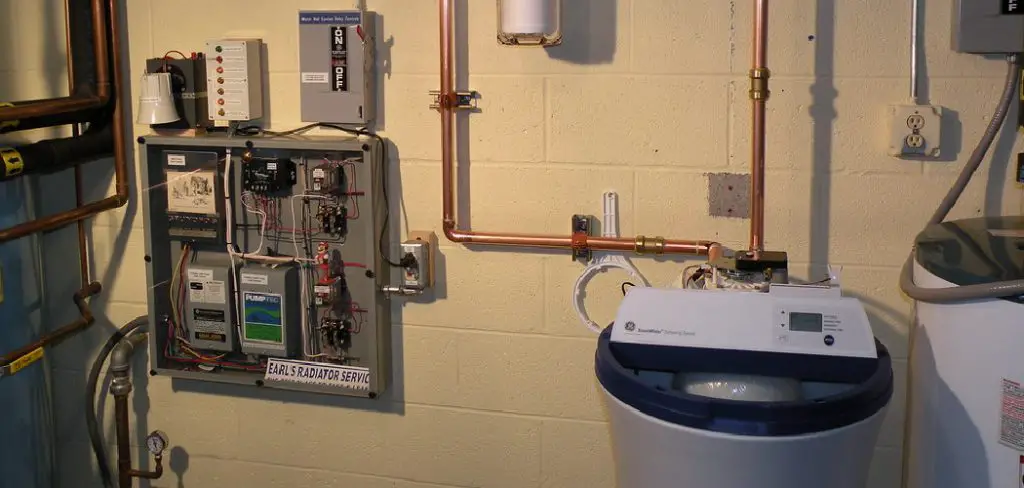
Additionally, understanding “how to install furnace filter” correctly is crucial to prevent potential damage to the furnace and guarantee that the system operates at its best. Proper filter installation supports the longevity of the HVAC system and contributes to a healthier indoor environment, free of excessive allergens and pollutants.
The Role of Furnace Filters
Furnace filters are critical in maintaining your HVAC system’s cleanliness and efficiency. They are designed to trap a wide array of airborne particles, such as dust, allergens, pollen, pet dander, and other pollutants before these can enter your living space.
This filtration process is essential for improving indoor air quality, thus reducing the risk of allergy and asthma symptoms among residents. Clean filters significantly contribute to the enhanced performance of your HVAC system, promoting better airflow and thermal comfort while keeping energy consumption in check. This, in turn, can lead to lower energy bills.
Furthermore, by preventing the accumulation of dust and debris on internal components, clean filters help extend the lifespan of your furnace, avoiding premature wear and tear that could lead to costly repairs or replacements.
Types of Furnace Filters
When selecting a furnace filter, homeowners have several options, each with its own set of benefits and considerations. Fiberglass filters represent the most economical choice; they are low-cost and capable of blocking large particles, though their efficiency in trapping smaller particles is relatively low.
Pleated filters, made from denser materials, offer better efficiency and have a longer lifespan than fiberglass filters, making them a popular choice for general use. HEPA filters stand at the pinnacle of filtration efficiency, capable of capturing even the finest particles – ideal for households with allergy sufferers or those prioritizing superior air quality.
The importance of choosing the right filter type cannot be overstressed, as it directly impacts not only the air quality within a home but also the energy efficiency and longevity of the HVAC system itself. Homeowners should make their selection based on specific needs, preferences, and budget constraints.
Locating Your Furnace
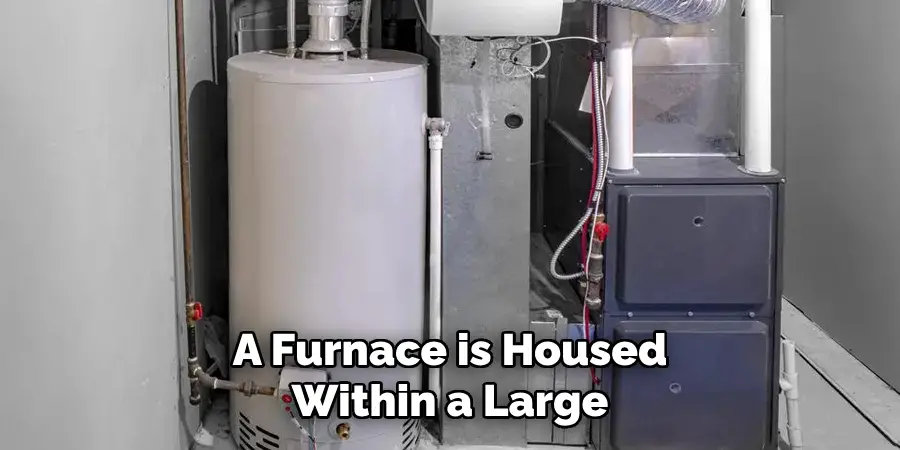
In most homes, the furnace can be found in a few common areas, such as the basement, a dedicated utility closet, or the attic, depending on the layout and design of the structure.
Typically, a furnace is housed within a large metal cabinet and is identifiable by several features, including vents or ductwork leading out of it, a gas line connection if it’s a gas furnace, and often electrical connections and switches. These distinguishing elements can help homeowners identify their furnaces among other home appliances.
There are a few strategies to employ for those unsure of where the furnace is located. One practical approach is consulting your home’s blueprints or owner’s manual, which should provide specifics on the HVAC system’s setup. Alternatively, following the air vents in your home can lead you to their source, the furnace itself, as all vents will trace back to it.
This method is particularly useful in homes where the furnace is not immediately visible or is installed in less common locations. These tips can demystify the process of locating your furnace, an essential first step before undertaking maintenance tasks such as filter replacement.
Understanding Furnace Design and Filter Access
Furnaces come in different configurations, primarily upflow and downflow, each designed to suit a home’s architecture and heating requirements. These configurations determine the direction in which air moves through the furnace and is distributed throughout the house.
A. Upflow Furnaces
Upflow furnaces are commonly used in homes with basement or ground-level HVAC installations. In this configuration, the furnace takes in cold air from the lower part of the space, heats it, and then pushes the warm air upwards to be distributed via ceiling or high-wall vents.
This design leverages the natural tendency of warm air to rise, ensuring efficient heat distribution and consistent room temperatures. The filter access panel in upflow furnaces is most often located on the bottom door or near the blower compartment.
This placement allows for easy access and maintenance, as homeowners can quickly replace or clean the filter without the need for specialized tools or professional help. Understanding the filter’s location is crucial for ensuring that the furnace runs efficiently, as a clean filter significantly reduces the risk of overheating and system malfunction.
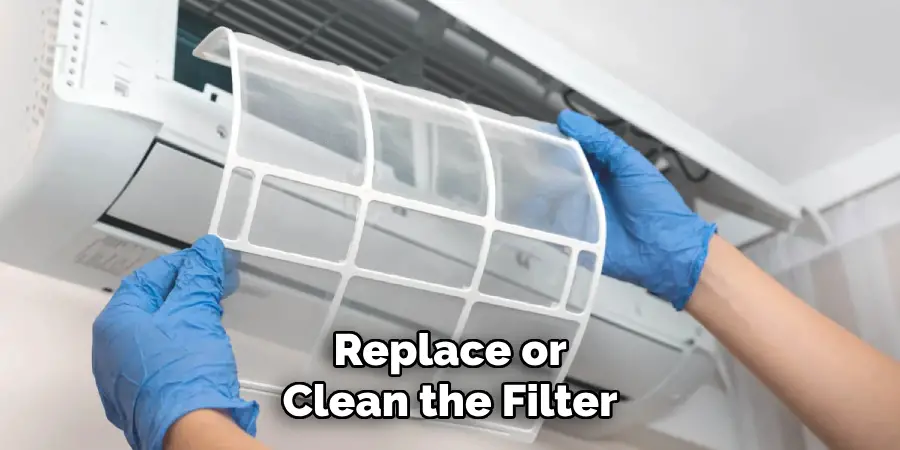
B. Downflow Furnaces
Contrary to upflow units, downflow furnaces are specially designed for homes without a basement or for those with specific architectural constraints that preclude bottom-to-top air movement. In these systems, the furnace draws in cold air from the top, heats it within the furnace body, and then distributes warm air downwards through floor or lower-wall vents.
This design is particularly useful in single-story homes or in structures where the furnace must be installed in the attic. The filter access panel in a downflow furnace can be located on the bottom door, the top door (depending on the blower’s placement), or even on the side of the furnace. This flexibility in filter placement reflects the diverse installation environments of downflow furnaces.
Accessing and replacing the filter in these units may vary from one model to another. Hence, homeowners need to familiarize themselves with their specific furnace design to maintain optimal air quality and heating efficiency.
Signs You Need to Replace Your Furnace Filter
Regular maintenance of your furnace filter is crucial for the efficiency of your HVAC system, the quality of air in your home, and the longevity of the furnace itself.
The recommended frequency for replacing furnace filters varies; high-efficiency filters often necessitate replacement every month, while standard filters can last up to three months. However, several tell-tale signs indicate when a filter requires urgent replacement beyond the general rule of thumb.
Visible Dust Buildup on the Filter
One of the most straightforward indicators that your furnace filter needs replacing is visible dust and debris accumulation. Over time, filters trap various particulates from circulating air, and a clogged filter significantly hampers its efficacy. When the surface appears dirty and congested, it’s a clear sign that airflow is being obstructed, and the filter should be replaced.
Reduced Airflow from Vents
When the airflow from your home’s vents feels weaker than usual, it often points to a clogged furnace filter. A filter choked with dust and debris diminishes the system’s ability to circulate air efficiently. If changing the setting doesn’t improve airflow, checking the filter should be your next step.
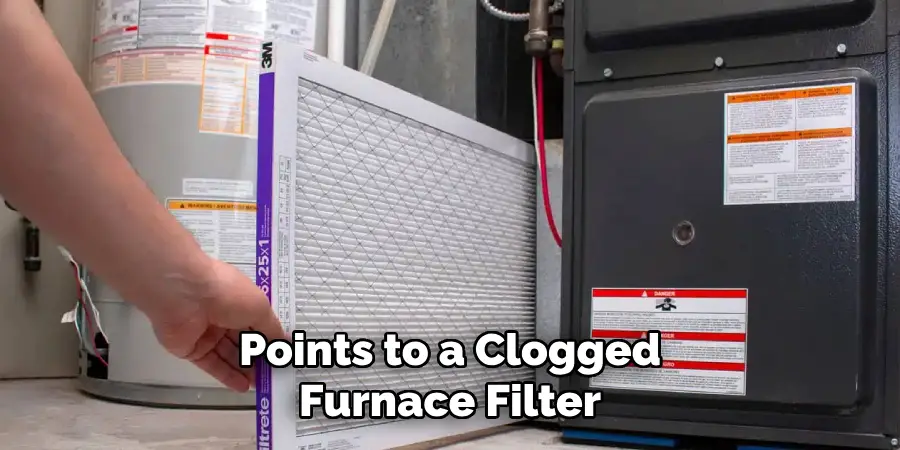
Increased Dust and Allergens in the Home
An uptick in dust accumulation on surfaces or a noticeable increase in allergic reactions among household members could indicate that your furnace filter is failing to trap these particulates effectively. This not only affects the air quality but can also pose health risks, especially to those with respiratory issues.
Higher Energy Bills
An often-overlooked symptom of a dirty furnace filter is a sudden increase in energy bills. A clogged filter makes it harder for air to pass through, forcing your HVAC system to work overtime to maintain the desired temperature. This inefficiency translates to higher energy consumption and, consequently, higher utility costs.
Being vigilant and responsive to these signs can help maintain your furnace’s performance, ensure a healthier indoor environment, and avoid unnecessary energy costs. Remember, while the standard recommendation for filter replacement varies, the specific needs of your household and the type of furnace filter used may necessitate more frequent changes.
Preparing for Filter Installation
Before you begin the process of replacing your furnace filter, it is crucial to ensure your safety and the efficiency of the installation. The first and most important step is to turn off the furnace at the thermostat. This safety measure prevents the furnace from activating while you are working, reducing the risk of injury or damage to the system.
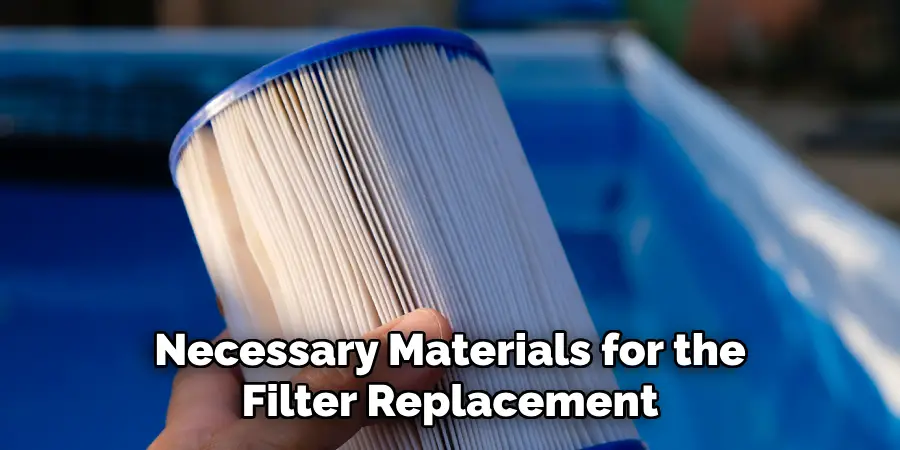
Next, gather the necessary materials for the filter replacement. This includes the new filter, which should match the specifications required for your furnace model, and any tools you might need to access the filter compartment. In many cases, a screwdriver may be required to open latches or screws securing the access panel. Having these tools and the new filter at hand before starting the process ensures a smooth and efficient replacement.
Additionally, consider wearing protective gloves during the replacement process. Handling the old filter can expose you to dust and debris accumulated over its service life. Gloves help to minimize direct contact with these particulates, safeguarding your health, especially if you have allergies or respiratory sensitivities. By following these preparatory steps, you can ensure a safe and straightforward filter installation, contributing to the optimal performance of your HVAC system.
Identifying and Accessing the Filter Access Panel
Identifying and accessing the filter access panel is a straightforward step in furnace maintenance that most homeowners can handle with ease. This panel is crucial for replacing or checking your furnace’s air filter, which ensures clean air circulation and furnace efficiency.
The access panel can typically be found on the bottom, top, or side of the furnace, depending on its design and installation orientation. It may be held in place by latches, screws, or clips, which are usually easy to operate. Additionally, some furnaces feature a panel clearly labeled with “Filter” or “Air Filter,” making identification simpler for those unfamiliar with HVAC systems.
A. Tips for Identifying the Filter Access Panel
To identify the filter access panel, look for a rectangular panel that seems distinct from the rest of the furnace’s exterior. This panel often has a different finish or edges that clearly demarcate it from the main furnace body.
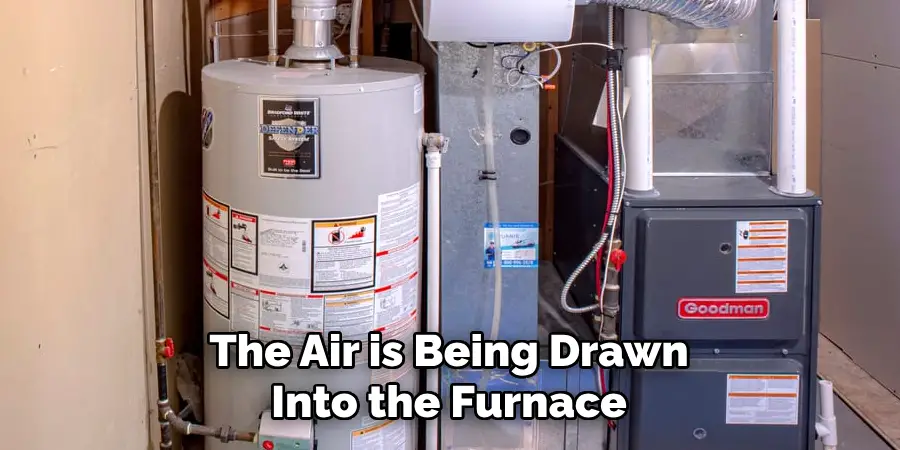
Another tip is to feel for cool air emanating from a panel, as this can indicate where the filter is housed and the air is being drawn into the furnace. If you’re unsure, consulting the furnace’s manual or the manufacturer’s website can provide specific guidance for your model, ensuring you’re looking in the right place.
B. Removing the Access Panel
Once you’ve located the filter access panel, the next step is to remove it to access the air filter. Begin by carefully locating any latches, screws, or clips that secure the panel to the furnace.
These fasteners are usually straightforward to manipulate, but using the appropriate tool (such as a screwdriver for screws or your hand for latches) can make the process easier. After unlatching or unscrewing, gently remove the panel, ensuring not to use excessive force that could bend or break it.
Setting the panel aside in a safe location where it won’t get damaged or impede your working area is advisable. This careful approach helps prevent any unnecessary damage to the furnace and simplifies the process of reattaching the panel once the filter has been replaced or inspected.
How to Install Furnace Filter: Removing the Old Filter and Installing the New One
A. Removing the Old Filter
Removing the old filter is a critical step in maintaining your furnace’s efficiency and air quality. Begin by carefully grasping the frame of the old filter. It’s important to handle the frame rather than the filter media itself to minimize your exposure to accumulated dust and allergens.
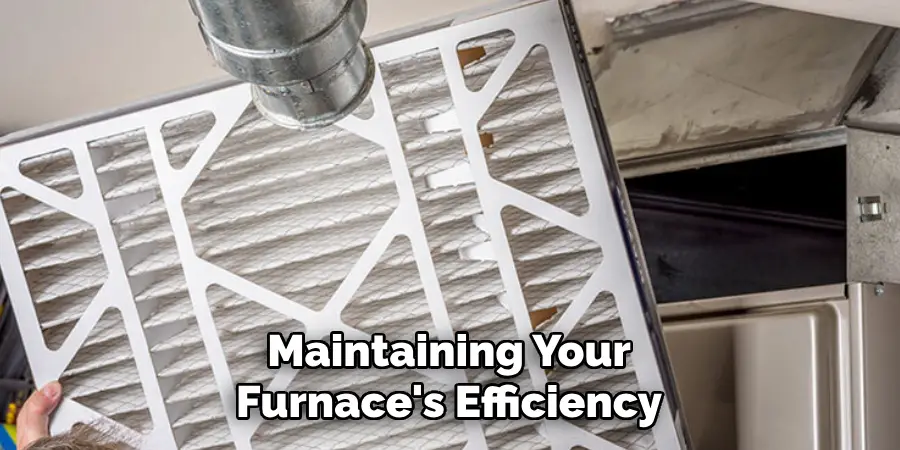
Gently pull the filter out of its compartment, holding it upright to avoid dispersing dust collected on its surface. Once removed, promptly place the old filter into a sealed plastic bag. This step is crucial for minimizing the spread of dust and particles into your home environment. Disposing of the filter in this manner ensures a cleaner, healthier living space and facilitates an eco-friendly disposal process.
B. Preparing the New Filter
Before installing the new filter, ensure that you remove any plastic wrapping or packaging materials. This preparatory step is essential, as it allows the filter to function correctly upon installation. Packaging materials can obstruct airflow and diminish the filter’s effectiveness, so taking a moment to remove these items is crucial for optimal furnace operation.
C. Installing the New Filter
Selecting the correct size filter is paramount for your furnace to operate efficiently. The new filter should match the dimensions specified by your furnace manufacturer or the markings on the furnace itself. Incorrectly sized filters can lead to inefficient filtration, reduced airflow, and increased energy consumption. Once you have the right size, pay close attention to the airflow arrow on the frame of the new filter.
This arrow indicates the direction the air should flow through the filter and must point towards the furnace – usually into the ductwork or the blower compartment. Incorrect orientation can hinder the furnace’s operation, potentially leading to damage or inefficient filtration. Consult your furnace manual or the filter’s packaging if you’re unsure which direction the arrow should face.
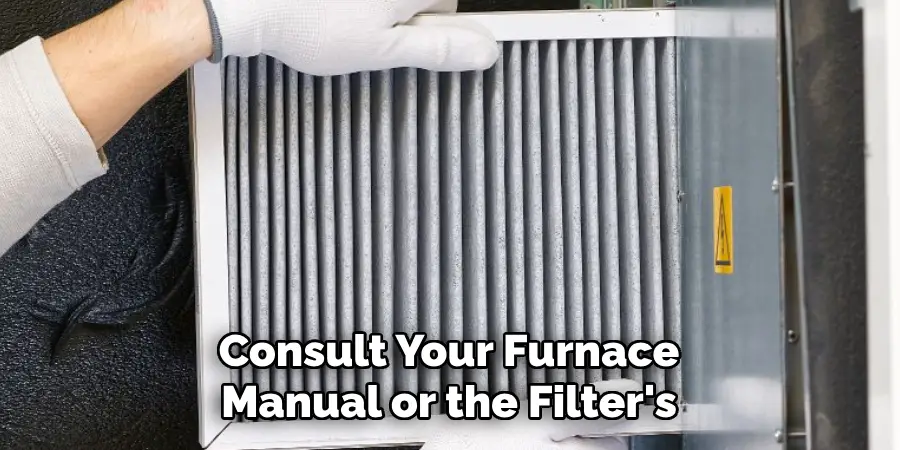
Carefully slide the new filter into the compartment, ensuring it sits flush against the frame without any gaps around the edges. A proper fit is crucial to prevent unfiltered air from bypassing the filter, which could decrease air quality and furnace efficiency. By following these steps attentively, you’ll ensure that your furnace operates smoothly, maintaining a clean and healthy indoor air environment.
Securing the Access Panel and Turning the Furnace Back On
After successfully installing the new filter, the next crucial step is to secure the access panel back onto the furnace. Carefully align the panel to its original position on the furnace, ensuring it sits evenly without any misalignment. Use the latches, screws, or clips you removed earlier to fasten the panel securely.
It’s imperative to double-check that all fasteners are tightly secured to prevent any potential air leaks, which could compromise the efficiency of your HVAC system. A well-sealed panel also ensures that no unfiltered air enters the system, maintaining optimal air quality in your home.
Once the panel is secure, it’s time to turn the furnace back on. Head to your thermostat and switch the furnace to the “on” position. Allow the system a few minutes to restart. This pause gives the furnace time to begin circulating air through the newly installed filter.
Listen carefully for any unusual noises during the restart. Sounds like rattling or whistling could indicate that the filter is not installed correctly or that the access panel is not fully secured. If everything sounds normal, you’ve successfully completed the filter replacement process, contributing to the well-being and comfort of your home environment.
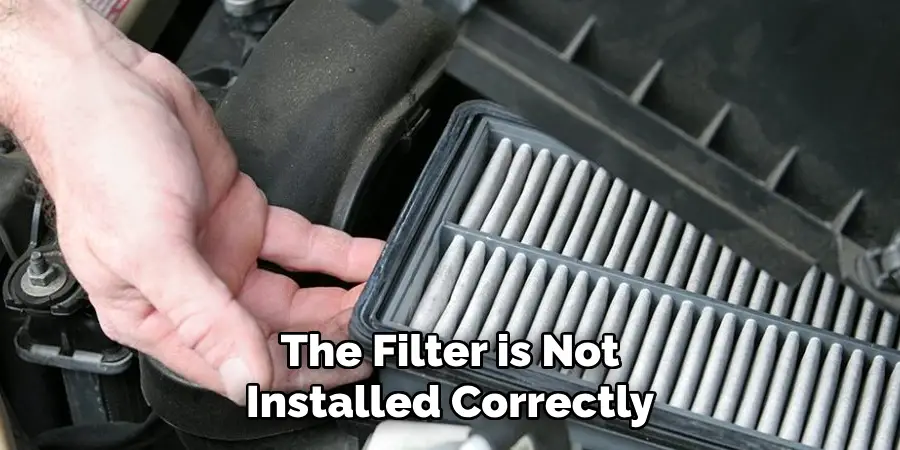
That’s it! You’ve now learned how to install furnace filter properly, ensuring that your furnace operates efficiently and maintains excellent air quality within your home. Regularly replacing the filter is an essential maintenance task for any homeowner looking to keep their HVAC system running in top condition.
By following these simple steps, you’ll benefit from improved air quality, increased energy efficiency, and a longer lifespan for your furnace. Remember to consult your furnace manual or manufacturer
Additional Tips for Furnace Filter Maintenance
A. Labeling Replacement Dates
To help remember when to change your furnace filter next, write the date of installation directly on the new filter before installing it. This simple act can serve as a clear and direct reminder, ensuring that you maintain a regular replacement schedule. Keeping track of this date will help maintain the efficiency of your heating system and ensure the air quality in your home remains high.
B. Scheduling Filter Changes
For those who might not rely on physical reminders, setting calendar alerts or digital reminders can be equally effective in ensuring timely filter changes. Alternatively, consider subscribing to a filter replacement service that automatically sends you a new filter at the recommended intervals. This hassle-free solution ensures that you always have a fresh filter ready to go without having to remember to purchase one yourself.
C. Choosing the Right Filter Type
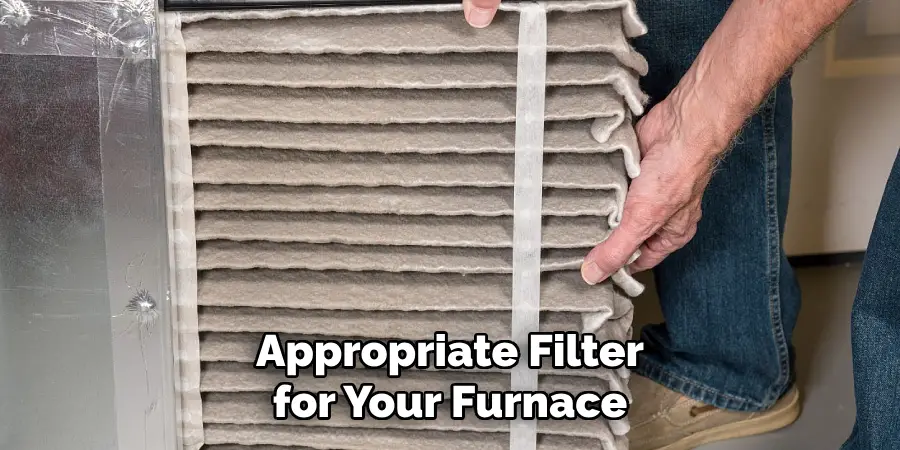
Selecting the appropriate filter for your furnace is not just about size but also about the type of filter that best suits your needs and budget. Filters vary widely in terms of their efficiency, ability to filter out different sizes of particles, and price.
While some may opt for high-efficiency particulate air (HEPA) filters for the best air quality, others might find a balance with pleated filters that offer reasonable efficiency without the higher cost. Consulting with an HVAC professional can help you make the best choice for your specific situation.
D. Addressing Underlying Air Quality Issues
If you have to change your furnace filter more frequently than recommended, it could indicate underlying issues with your home’s air quality. High levels of dust and other particles could be due to other sources that a furnace filter alone cannot address.
In such cases, it would be wise to consult with an HVAC professional to identify and remedy these root causes. They can provide solutions that go beyond just changing the filter, potentially improving your home’s overall air quality and the efficiency of your HVAC system.
Troubleshooting Common Filter Installation Issues
During the process of changing your furnace filter, you might encounter a few hiccups that can affect the efficiency and safety of your HVAC system. Understanding these potential issues and how to address them can save you time and prevent damage to your furnace.
Incorrect Filter Size
One of the most common mistakes is using a filter that doesn’t precisely fit your furnace’s specifications. It’s crucial to use the exact size recommended by the manufacturer. A filter that’s too small can slip and fail to filter air properly, allowing dust and particles to enter your HVAC system.
Conversely, a filter that’s too big can restrict airflow, causing your furnace to work harder than necessary, which may lead to overheating and damage. Always double-check the size requirements before purchasing a new filter.
Misplaced Airflow Direction
Another issue that can arise is installing the filter with the airflow direction reversed. This mistake can significantly reduce your furnace’s efficiency and put added strain on the furnace motor, as it impedes air from flowing smoothly through the system. Ensure the arrow on the filter’s frame that indicates the airflow direction points towards the furnace’s blower.
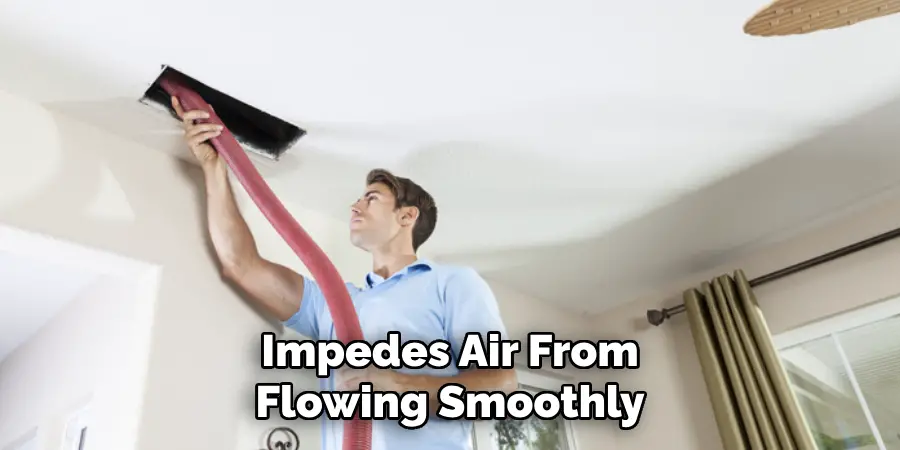
Difficulty Removing or Inserting the Filter
If you’re having trouble removing the old filter or inserting the new one, it could be a sign that the filter is not the correct size or that debris is obstructing the compartment. Do not force the filter into place, as this can cause damage. Instead, refer to your furnace’s manual or consult an HVAC professional to avoid potential damage.
Loosely Secured Access Panel
Finally, a loosely secured access panel after changing the filter can lead to inefficient operation. Air leaks from an improperly sealed panel can draw in unfiltered air, compromising your indoor air quality and making your furnace work harder. Ensure the panel is correctly aligned and tightly secured, checking all latches, screws, or clips.
Addressing these common issues promptly can ensure that your furnace operates efficiently and safely, maintaining your home’s comfort and air quality.
Conclusion
Regular maintenance, including knowing how to install furnace filter properly, is essential for the health and efficiency of your HVAC system. This guide has equipped you with the knowledge to select the right filter, overcome common installation issues, and implement routine maintenance practices.
Remember, a properly installed furnace filter not only ensures the longevity and efficiency of your heating system but also significantly improves the air quality in your home. Taking these steps enables you to create a comfortable and healthy living environment for you and your family, demonstrating the importance and ease of furnace filter replacement.

